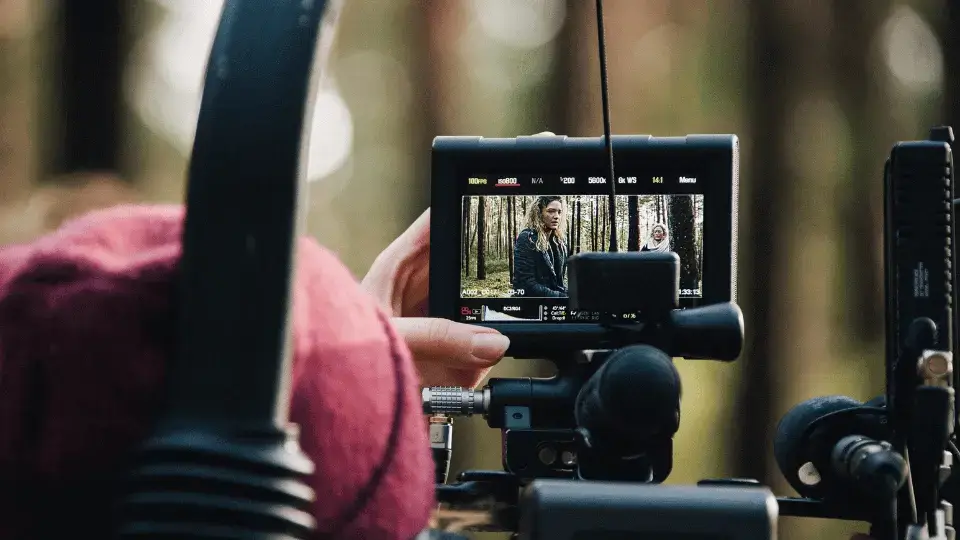Unlocking the Secret Guide of Film Interpretation
As a film enthusiast, you may have wondered how filmmakers communicate their stories through the use of various film techniques. Film interpretation is the process of analyzing and deciphering the meaning behind these techniques to better understand the story being told. Whether you are a filmmaker, film student, or simply a fan of the art form, understanding film interpretation is essential to fully appreciate the complexities of the medium.
Importance of Film Analysis
Film analysis is the foundation of film interpretation. It involves breaking down a film into its various components, such as cinematography, sound, and editing, and evaluating how these elements contribute to the overall story. By analyzing a film, you can gain a deeper understanding of the director’s intentions and the message they are trying to convey.
One of the most important aspects of film analysis is understanding the different types of shots and camera angles used in a film. A shot is a continuous sequence of frames that are captured by the camera, while a camera angle refers to the position of the camera in relation to the subject being filmed. By analyzing the different types of shots and camera angles used in a film, you can gain insight into the director’s visual storytelling techniques.
Types of Film Techniques
Filmmakers use a variety of techniques to convey their stories, including cinematography, sound, and editing. Cinematography refers to the art of capturing images on film or digital media. It includes elements such as camera movement, framing, and lighting. Sound is also an essential component of film and includes elements such as dialogue, music, and sound effects. Editing involves piecing together individual shots to create a cohesive story.
One of the most important techniques used in film is mise-en-scène, which refers to the arrangement of visual elements in a shot. This includes the placement of actors, props, and scenery, as well as lighting and camera angles. By understanding mise-en-scène, you can gain insight into the director’s visual style and the message they are trying to convey.
Interpreting Film Techniques
Once you have analyzed the various film techniques used in a film, the next step is to interpret their meaning. This involves evaluating how the different techniques contribute to the overall story and what message the director is trying to convey.
For example, consider the use of lighting in a film. A brightly lit scene may convey a sense of optimism or hope, while a dimly lit scene may convey a sense of danger or foreboding. By analyzing the lighting in a film, you can gain insight into the director’s intentions and the emotions they are trying to evoke in the audience.
Key Takeaways
- Film interpretation is the process of analyzing and deciphering the meaning behind various film techniques to better understand the story being told.
- Film analysis is the foundation of film interpretation and involves breaking down a film into its various components to evaluate how they contribute to the overall story.
- Filmmakers use a variety of techniques, including cinematography, sound, and editing, to convey their stories.
- Understanding mise-en-scène is essential to gaining insight into the director’s visual style and the message they are trying to convey.
- Interpreting film techniques involves evaluating how they contribute to the overall story and what message the director is trying to convey.
If you’re interested in pursuing a career in the film industry, consider taking the NYU Film and TV Industry Essentials online course and certificate program. This program provides a comprehensive overview of the film and television industry, including the creative and business aspects of the field. By completing this program, you’ll be equipped with the knowledge and skills necessary to succeed in the industry.








